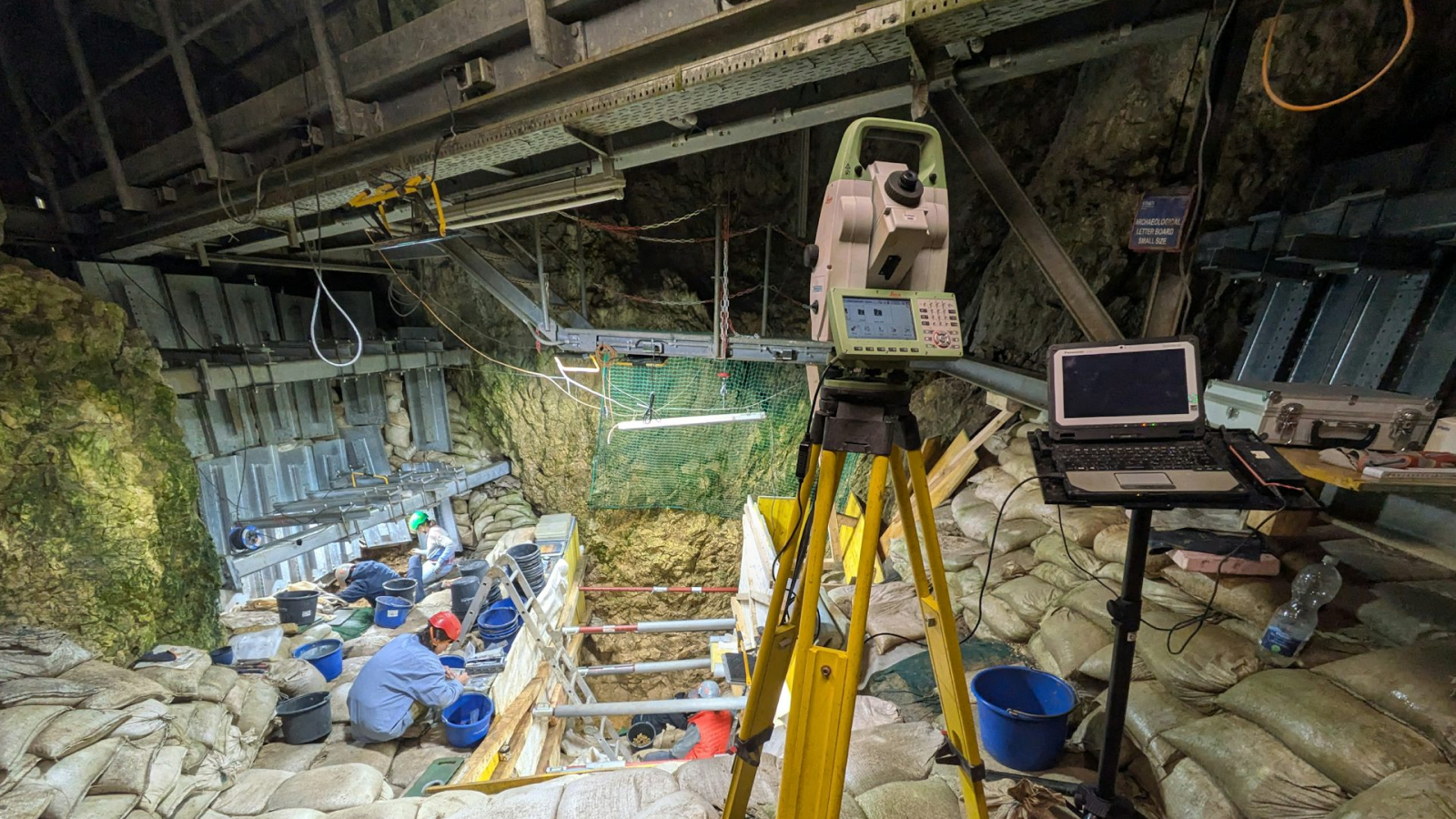Belief in Witchcraft Widespread in Africa
As might be expected, the older and less educated respondents reported higher belief in witchcraft, but interestingly such belief was inversely linked to happiness. Those who believe in witchcraft rated their lives significantly less satisfying than those who did not.
One likely explanation is that those who believe in witchcraft feel they have less control over their own lives. People who believe in witchcraft often feel victimized by supernatural forces, for example, attributing accidents or disease to evil sorcery instead of randomness or naturalistic causes.
A cultural belief in witchcraft has wider implications for Africans as well, from law enforcement to aid donations to public health. In Africa, witch doctors are consulted not only for healing diseases, but also for placing curses on rivals. Magic (or at least the belief in magic) is commonly used for personal, political, and financial gain.
African belief in witchcraft has also led to horrific murders and mutilations in recent years. In 2008, a mob of hundreds of young men killed eight women and three men in two villages in rural western Kenya. The victims were accused of witchcraft — having cast spells that lowered the intelligence of the village's children. Some of the suspected witches and wizards were hacked to death with machetes, or had their throats slit before their bodies were burned.
In East Africa, at least 50 albinos (people with a rare genetic disorder that leaves the skin, hair and eyes without pigment) were murdered for their body parts in 2009, according to the Red Cross. An albino's arms, fingers, genitals, ears, and blood are highly prized on the black market, believed to contain magical powers and are used in witchcraft.
In a continent of dark-skinned Africans, albinos are often the subject of fear, hatred, and ridicule. The practice of using body parts for magical ritual or benefit is called muti. Such attacks are particularly brutal, with knives and machetes used to cut and hack off limbs, breasts and other body parts from their screaming victims — including children.
While personal belief in magic and witchcraft may seem harmless, the actions some people take based on those beliefs clearly are not.
Get the world’s most fascinating discoveries delivered straight to your inbox.
Benjamin Radford is managing editor of the Skeptical Inquirer science magazine. His new book is Scientific Paranormal Investigation; this and his other books and projects can be found on his website. His Bad Science column appears regularly on LiveScience.



